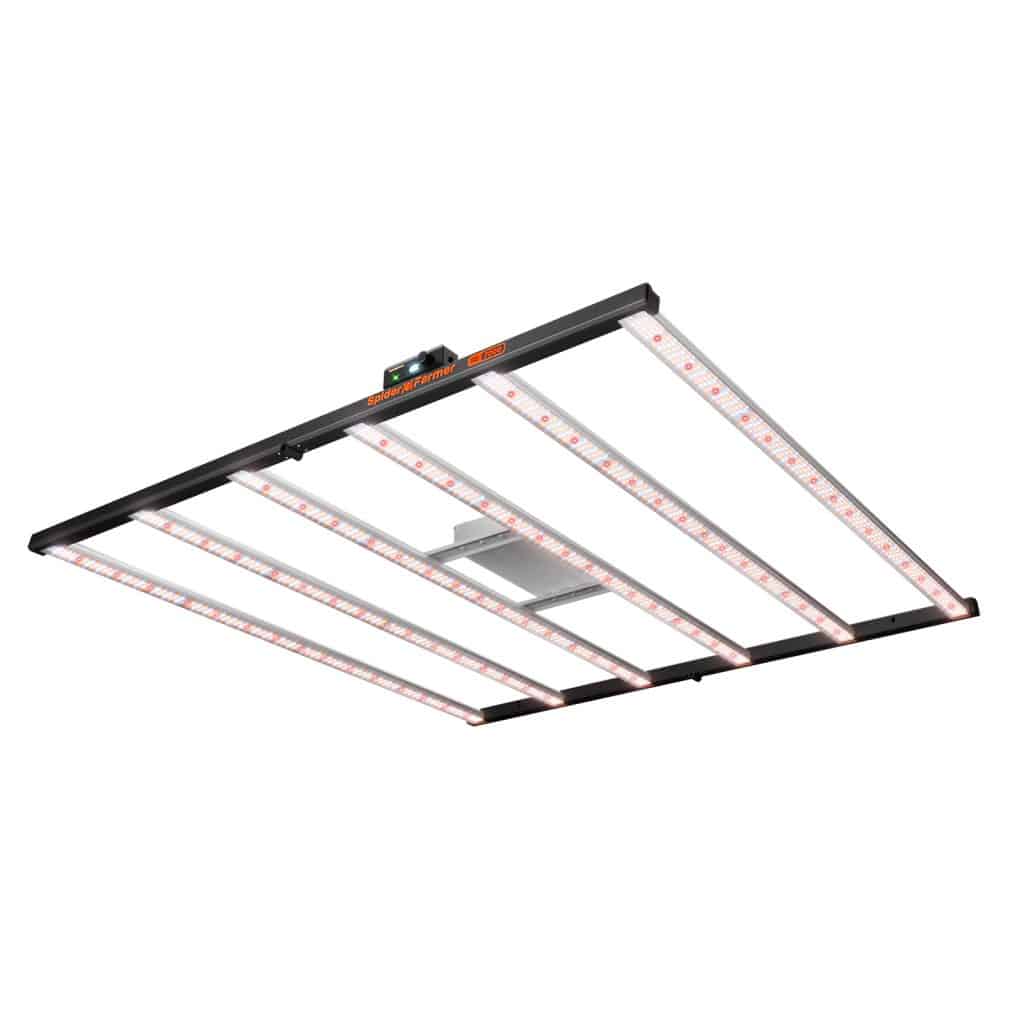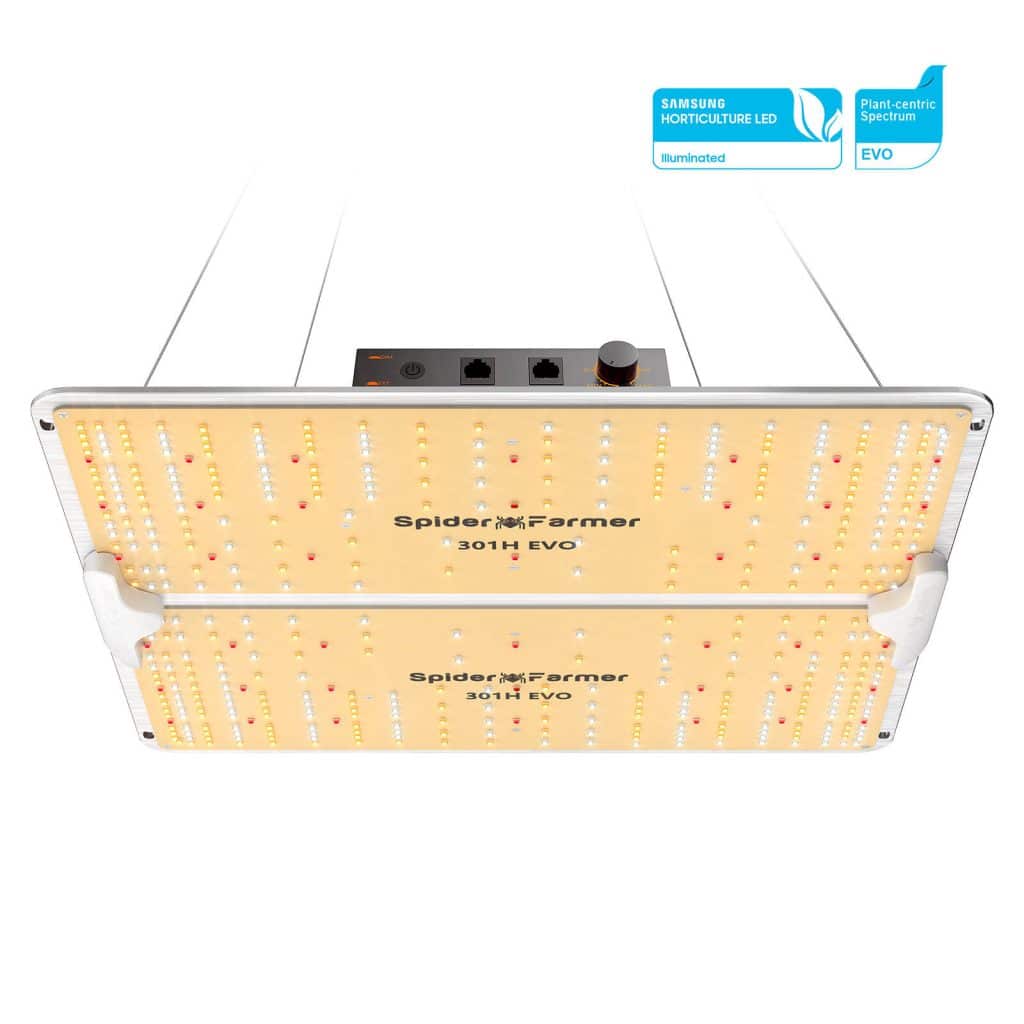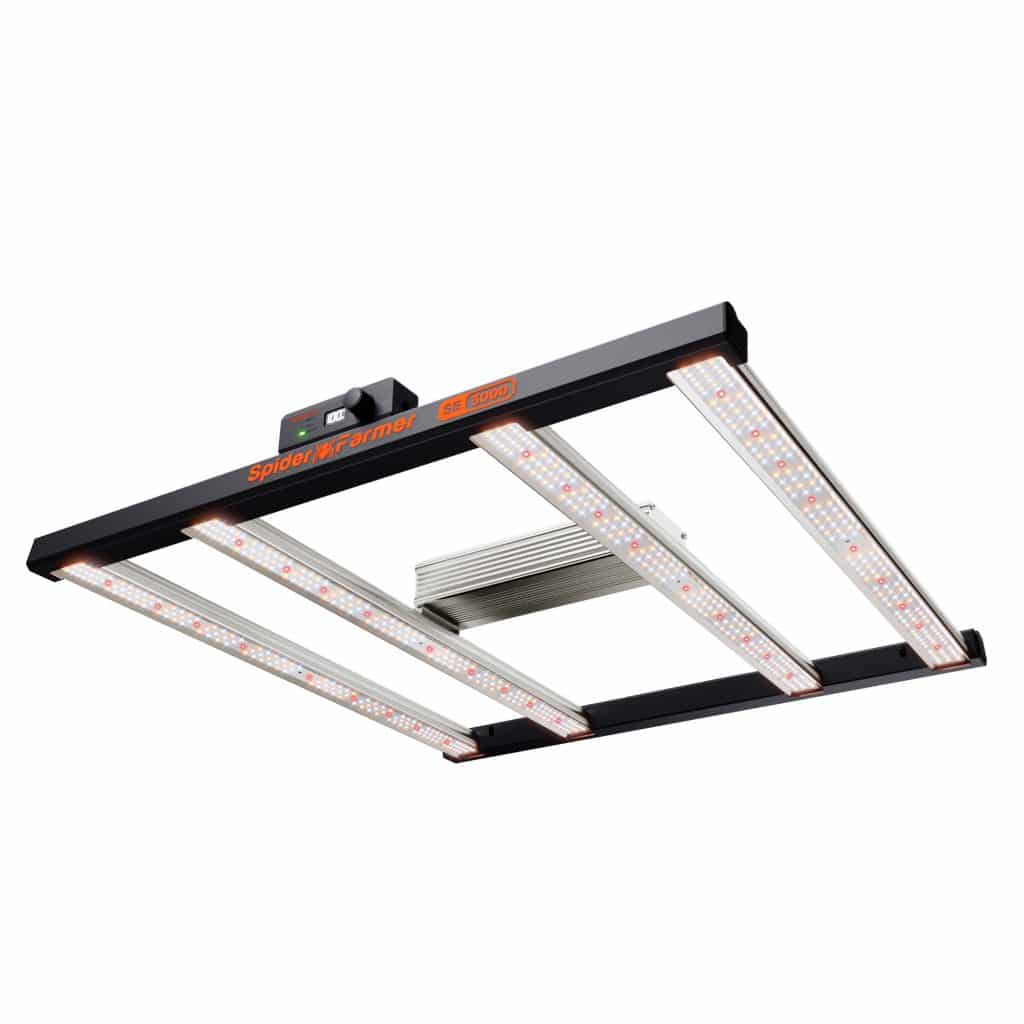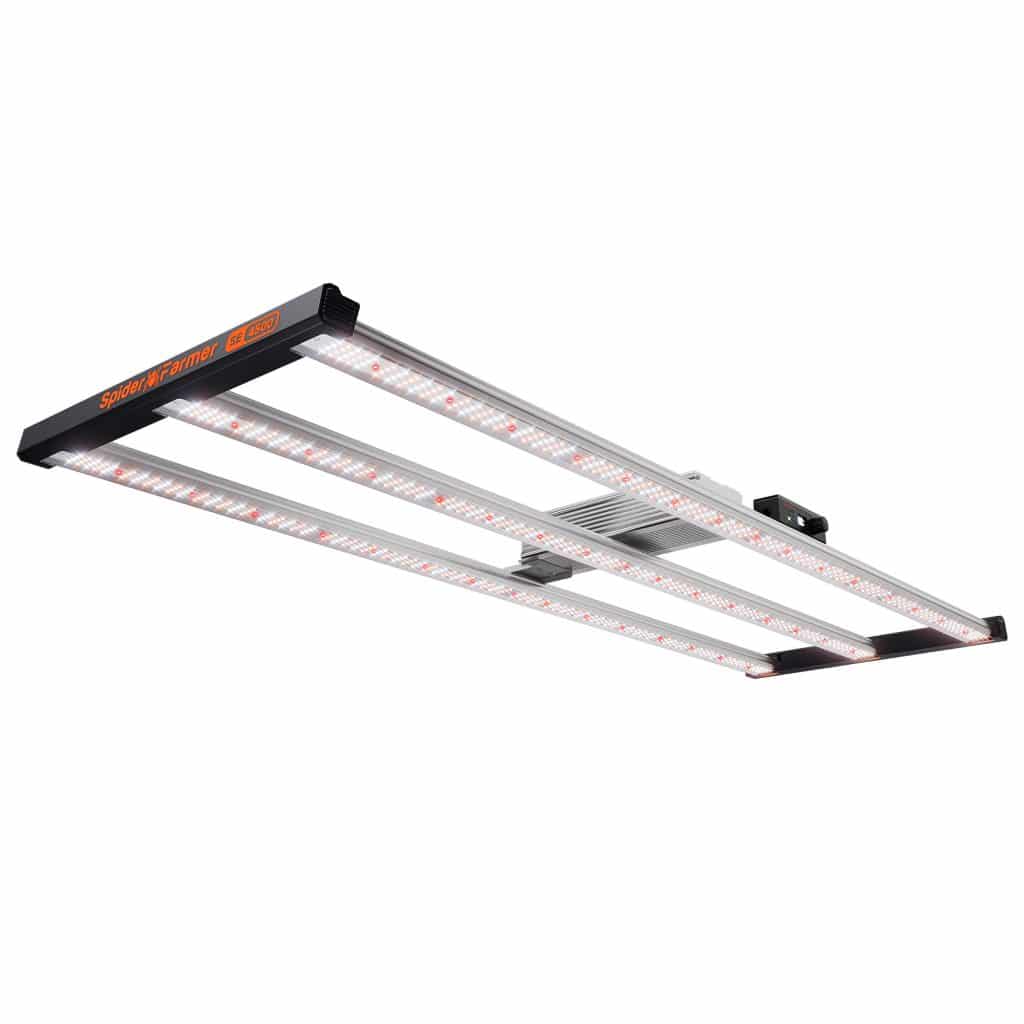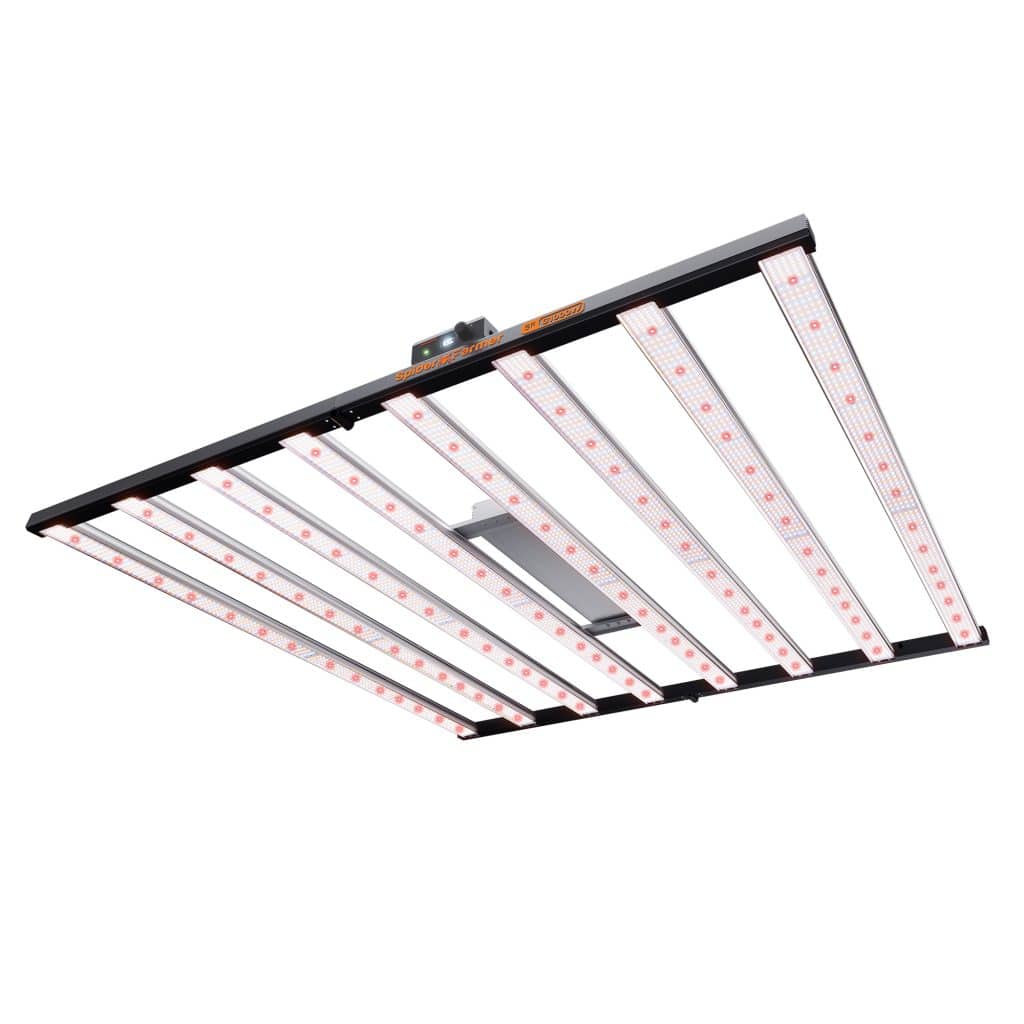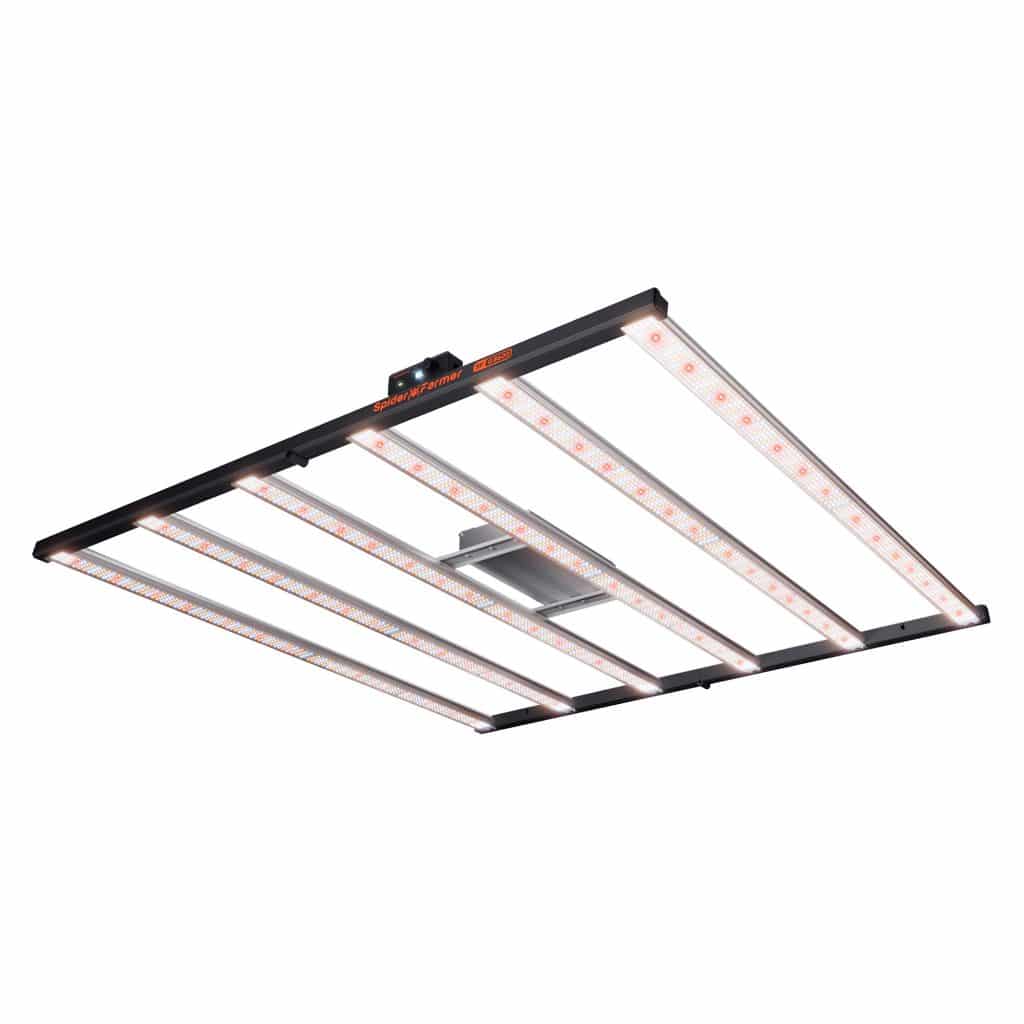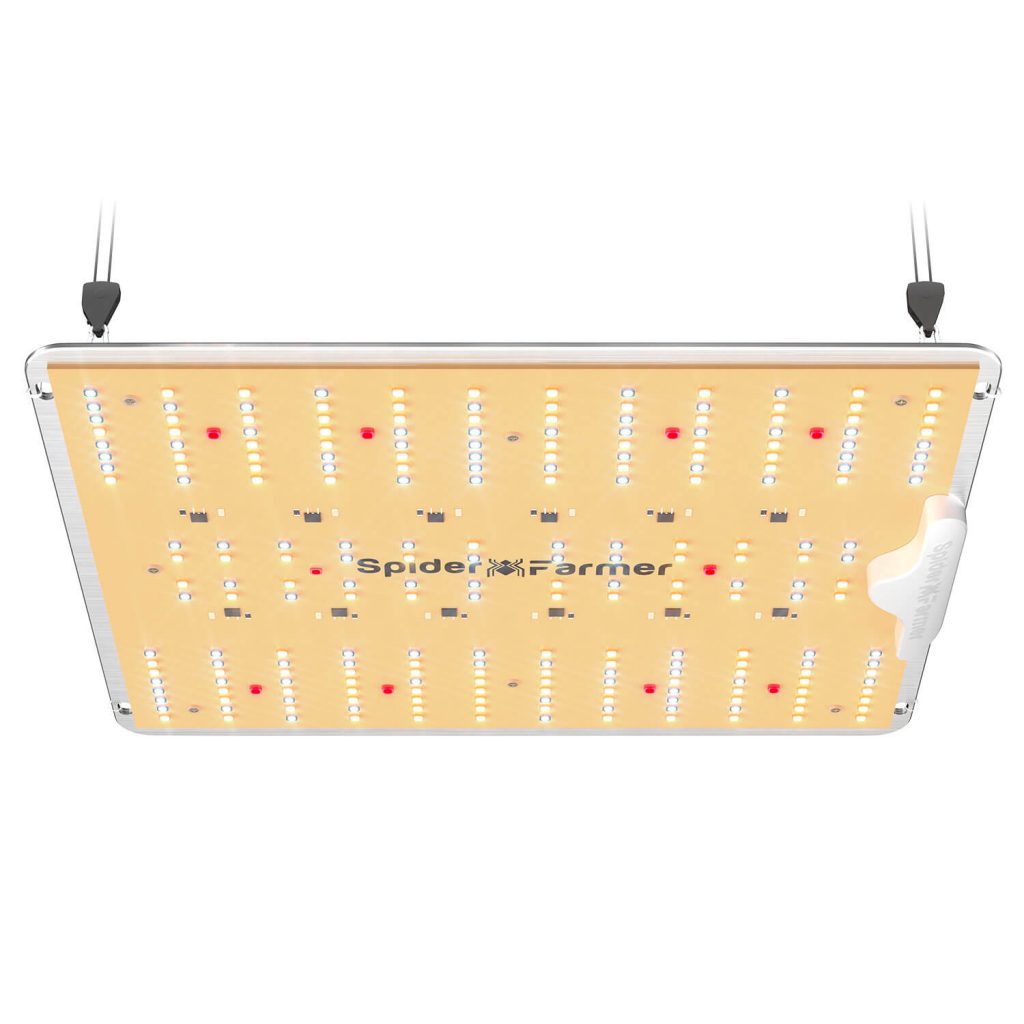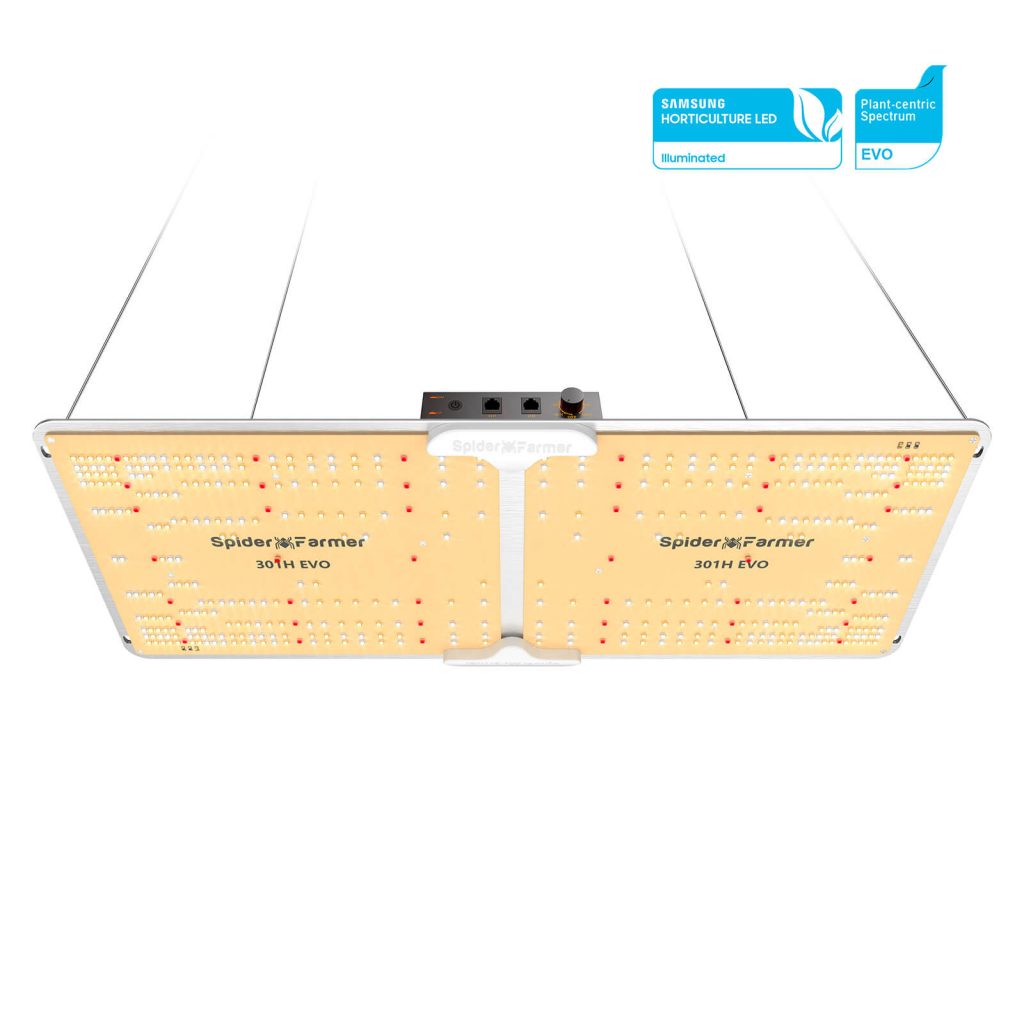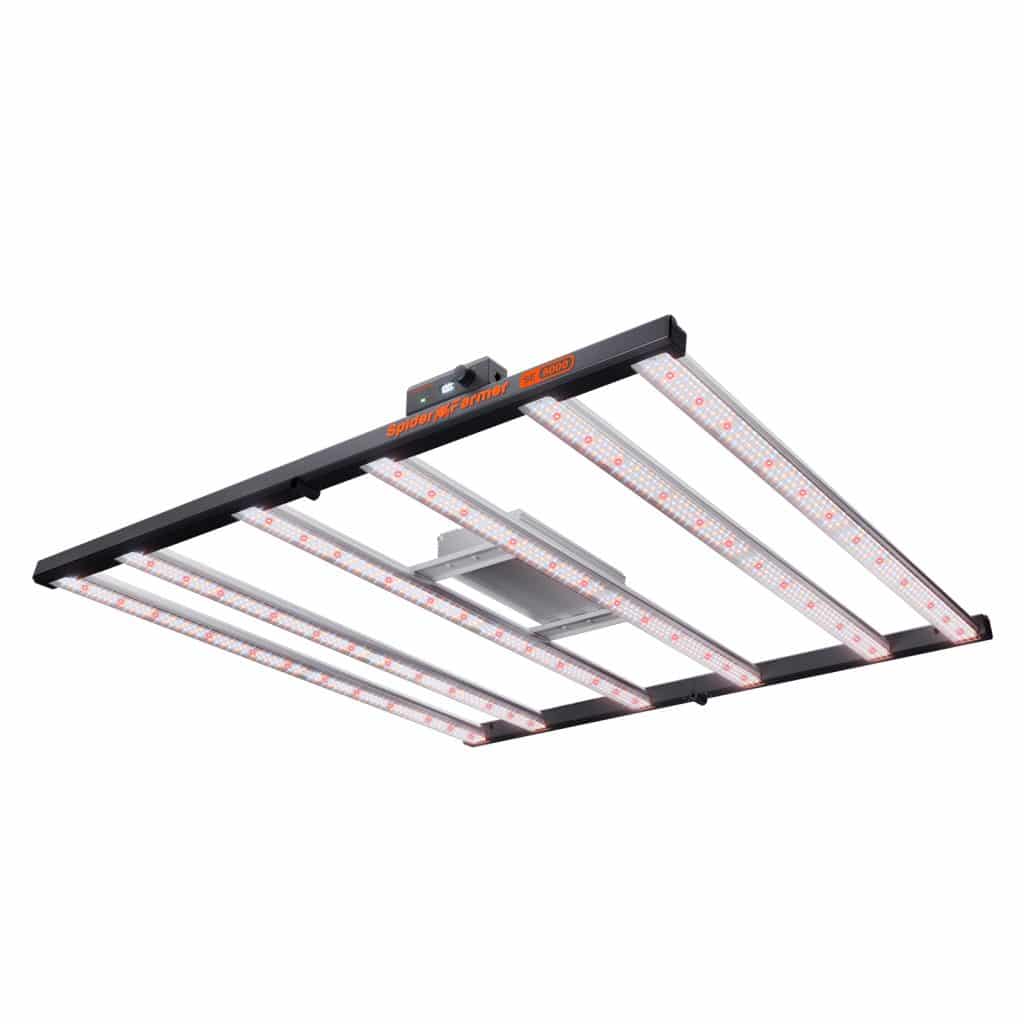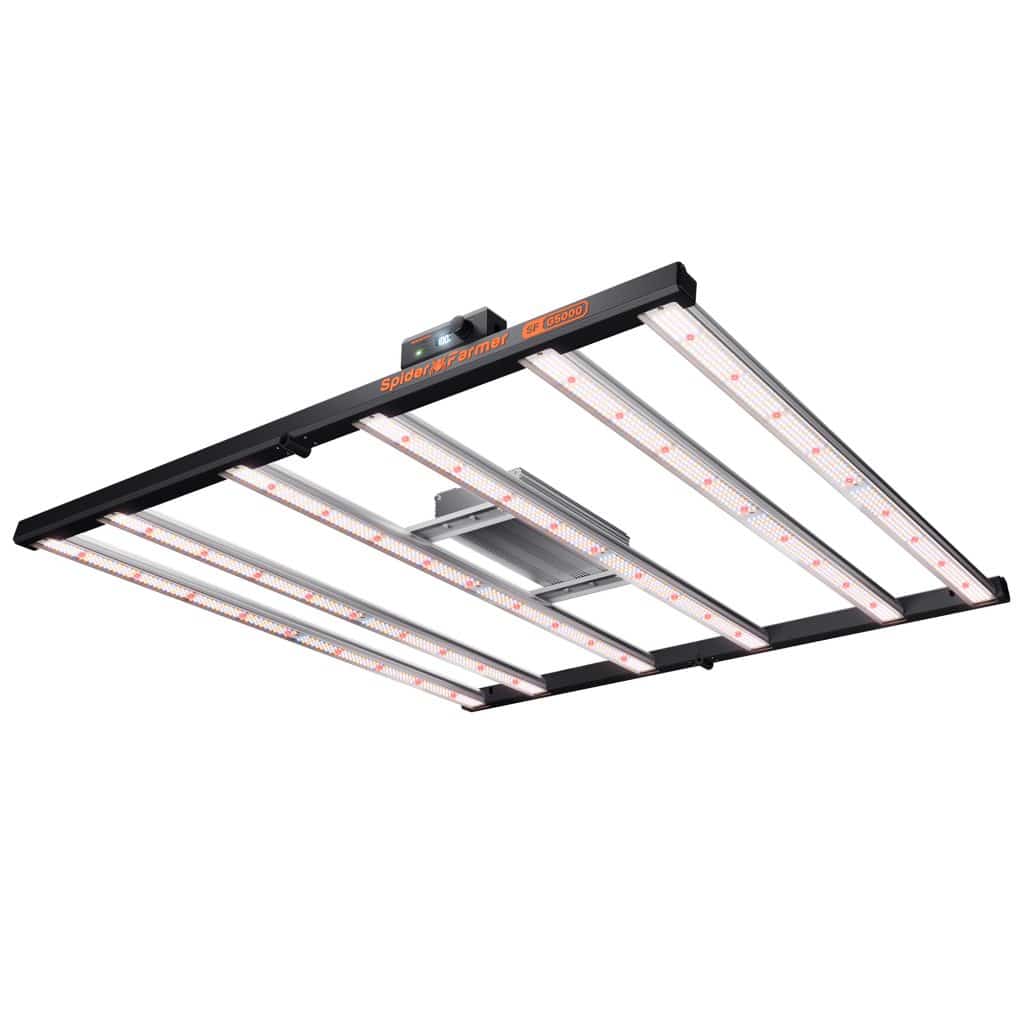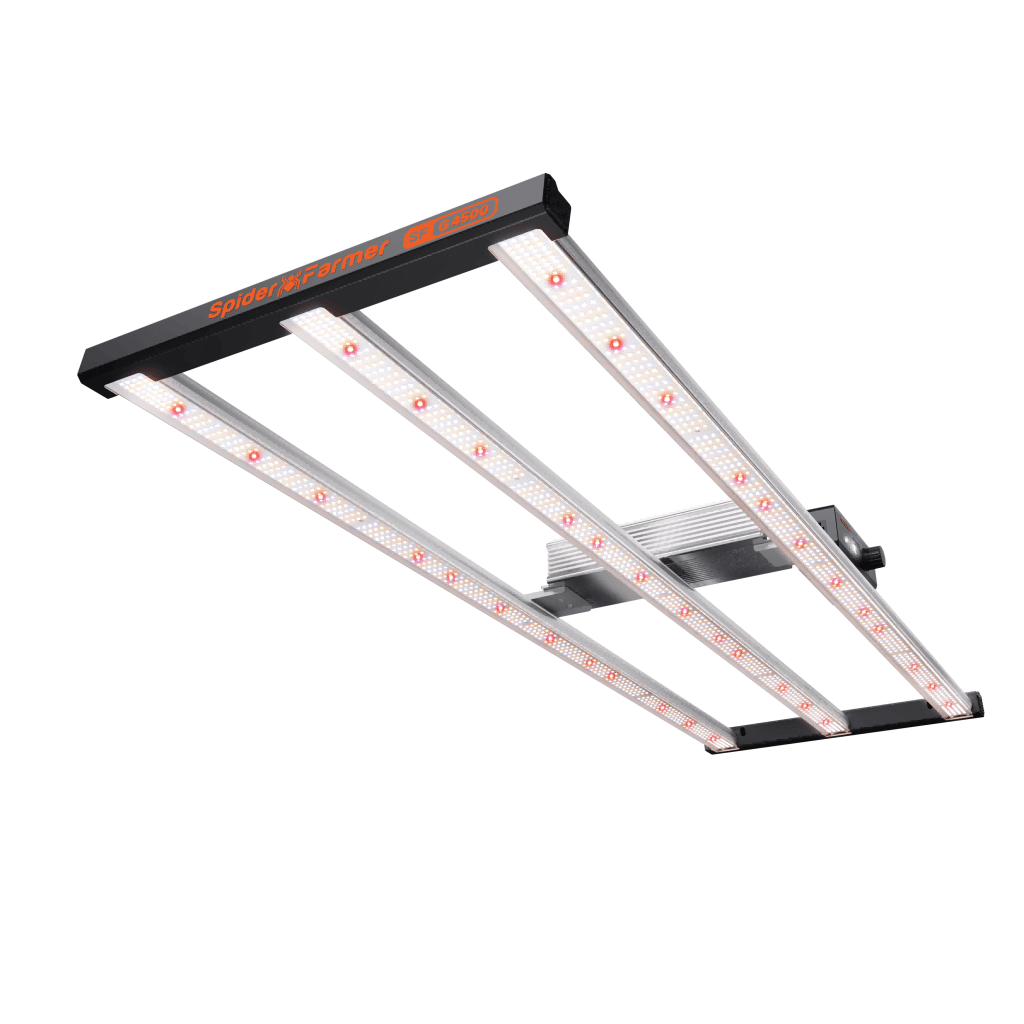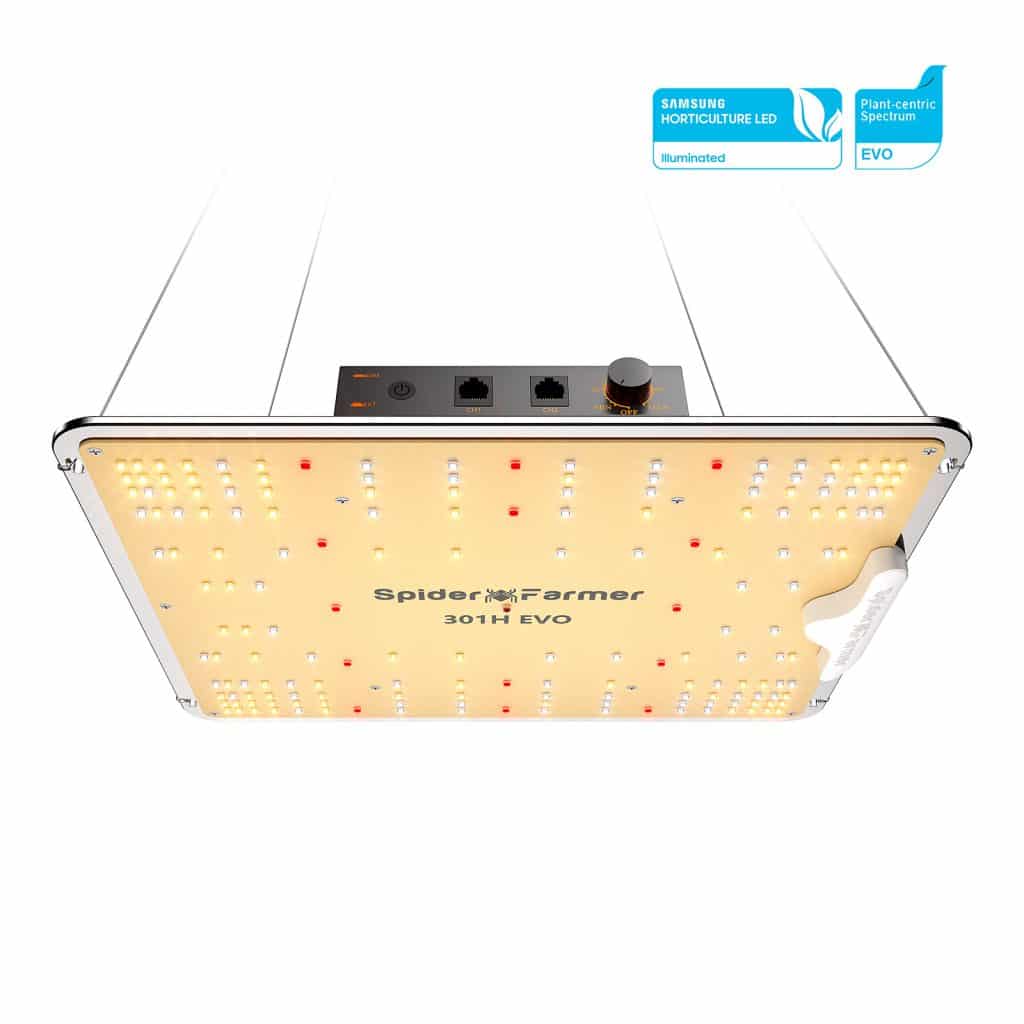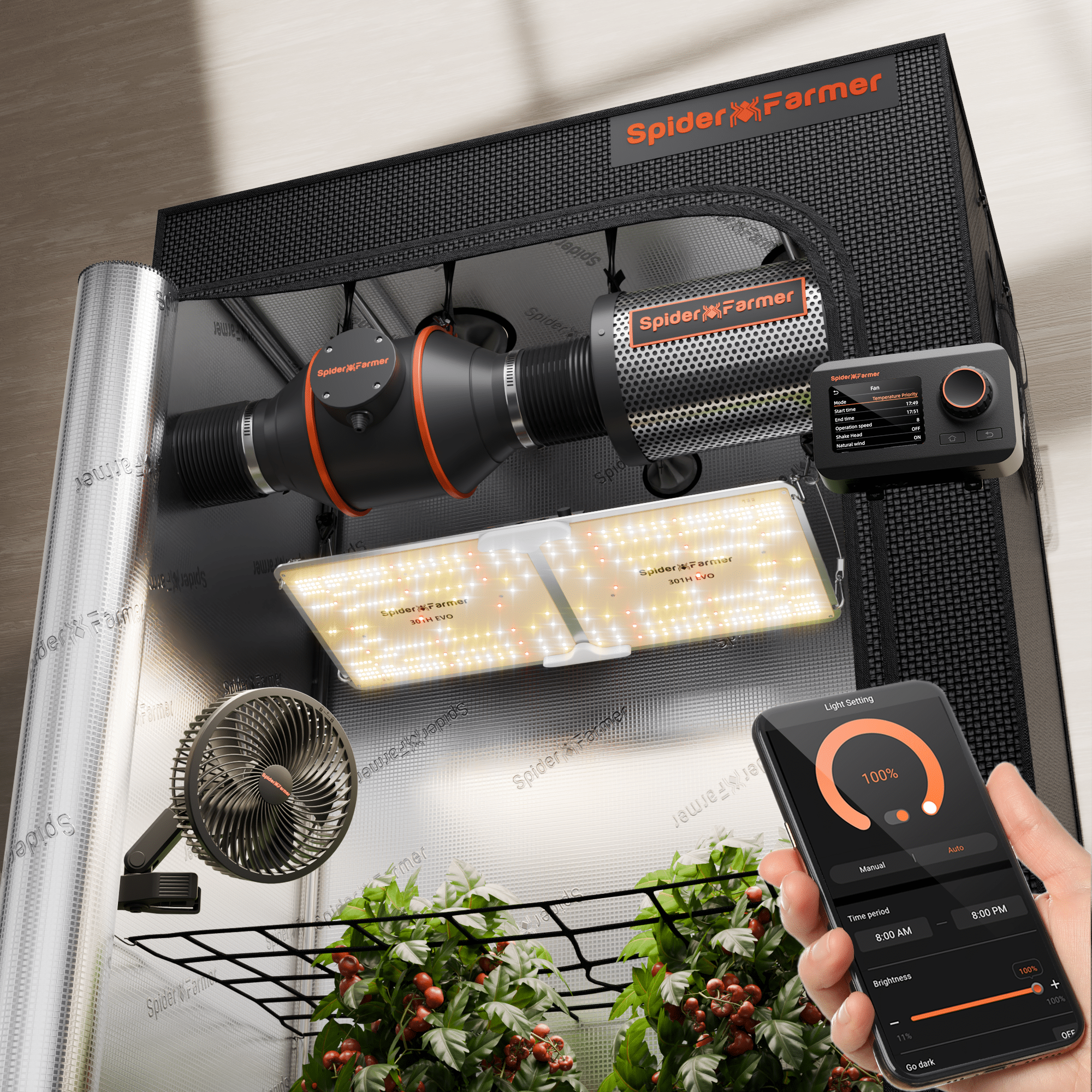Hydrangeas, with their expansive blooms and mesmerizing colors, have been charming garden enthusiasts for ages. However, a frequent concern among gardeners is when they spot their beloved hydrangea leaves turning brown, especially in spring or summer. What causes this issue? Can it be fixed? Well, this post has all your answers.
Table of Contents
Why Are My Hydrangea Leaves Turning Brown
Commonly, hydrangeas naturally go dormant in the fall, leading their leaves to change to brown and drop off. Then, come early spring, you'll see new green shoots emerging from stems that might have seemed lifeless.
However, if you spot brown leaves in the spring or summer, there might be different issues to consider. The exact causes vary based on the type and its environment, but commonly, brown leaves on hydrangeas indicate a lack of water and stress from high temperatures. Additionally, the sunlight and soil can also have an effect. Let’s check the details.
Transplant Shock
Transplanting a hydrangea exposes the plant to stress. The primary reason behind this is inadequate moisture, which can make a hydrangea's leaves dry out, turn brown, and cause flowers to wilt.
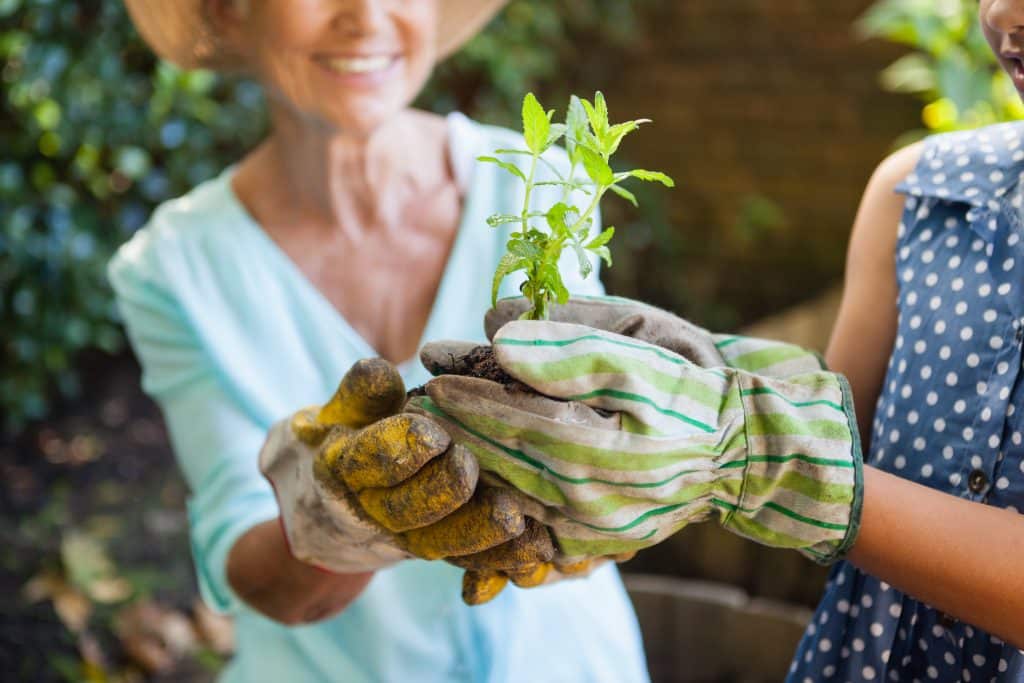
Fix
- Timing is Crucial: Avoid transplanting in the peak of summer or during extremely warm days.
- Water Before Transplanting: Ensure the plant is well-hydrated before the move to reduce the shock.
- Post-Transplant Care: If you forgot to water it before planting, water the plant in moderation frequently after planting. This helps in establishing the roots. Overwatering can lead to root rot, so ensure proper drainage.
Fertilizer Burn
Excessive or untimely fertilization can lead to brown, crunchy leaf edges, a phenomenon known as fertilizer burn. This isn’t necessarily due to direct contact but could arise from the roots absorbing too much fertilizer.
Fix
- Limit Fertilization: Restrict to two or three applications a year. Slow-release formulas are beneficial as they release nutrients over time.
- Flush Out Excess Fertilizer: Water the plant daily to wash away residual fertilizer. For granular fertilizers, consider raking the soil's surface.
- Leaf Care: Browned leaves can be snipped off to maintain the plant's aesthetics.
Fungal Diseases
Hydrangeas can be vulnerable to various fungal infections, leading to white spots on plant leaves, brown spots, rust-colored stains, or other noticeable symptoms on their leaves.
Fix
- Garden Hygiene: Regularly remove and discard fallen leaves and debris. These could harbor fungal spores.
- Use Fungicides: Apply general fungicides, following the label instructions. Overuse of some fungicides like those containing copper can be detrimental.
- Leaf Removal: Cut off and dispose of infected leaves properly. Avoid composting them to prevent spread.
Insufficient Watering
Repeated exposure to strong sun without adequate hydration can make hydrangea leaves turn brown and crispy.
Fix
Regular Watering: Ensure a consistent watering schedule, aiming for about an inch of water weekly.
Spot Treatment: For temporarily dried-out plants, water slowly and directly at the base, avoiding leaf sprinkling.
Excessive Sunlight
While some hydrangeas thrive in full sun, most varieties prefer partial shade, receiving 4-6 hours of sunlight, preferably in cooler morning hours.
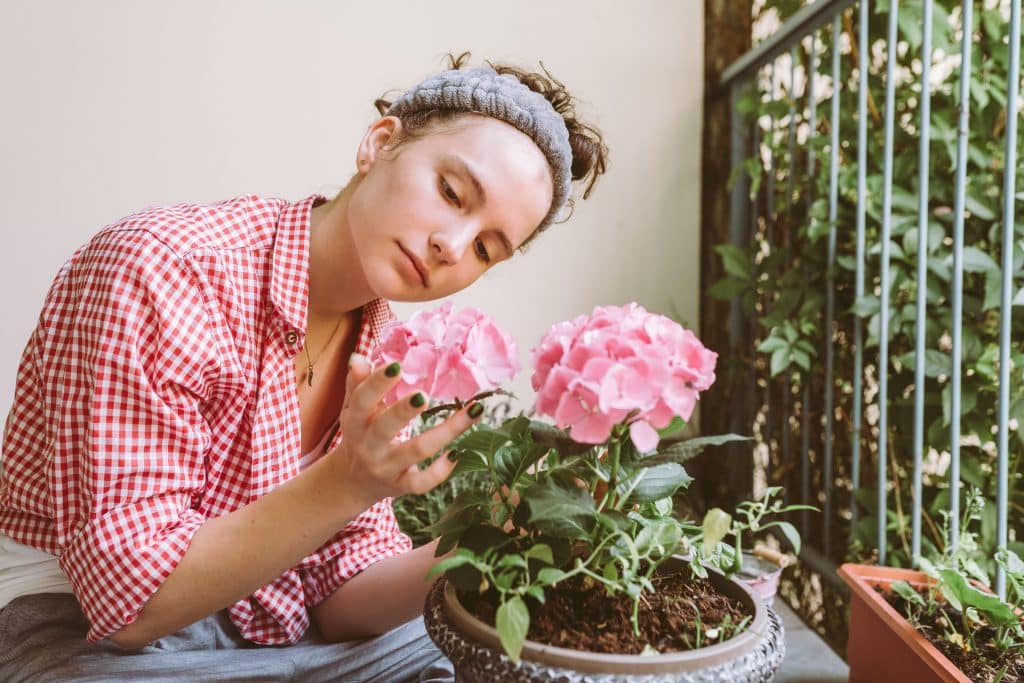
Fix
Relocation: Consider moving the plant to a more shaded location or using a pot for flexibility.
Alternative Varieties: If relocation isn’t feasible, opt for sun-loving varieties like panicle hydrangeas.
Wind Exposure
Excessive wind can quickly draw moisture out of hydrangea leaves, leading to desiccation and browning.
Fix
- Natural Barriers: Use other plants, like ornamental grass or shrubs, to buffer against wind.
- Physical Barriers: Employ fencing or other protective structures.
- Relocation: Consider moving the plant to a less windy spot, preferably in the fall or spring for best transplant success.
Frequent Wilting
Wilting is a sign of moisture deficiency. If hydrangeas are left to wilt repeatedly in hot weather, their leaves can turn brown. You should take action in time when hydrangeas wilting.
Fix
Water the plants thoroughly every few days during high temperatures.
Improve soil moisture retention with mulch around the base of each plant.
Should I Cut the Brown Leaves off My Hydrangea
Typically, it's advised to prune leaves when they show more than 50% browning. In most cases, there’s nothing you can do to recover the brown hydrangea leaves. Luckily, getting rid of the bad ones and implementing the mentioned solutions can prompt the plant to sprout fresh leaves. Over time, the affected leaves might drop on their own or can be clipped off by the gardener.
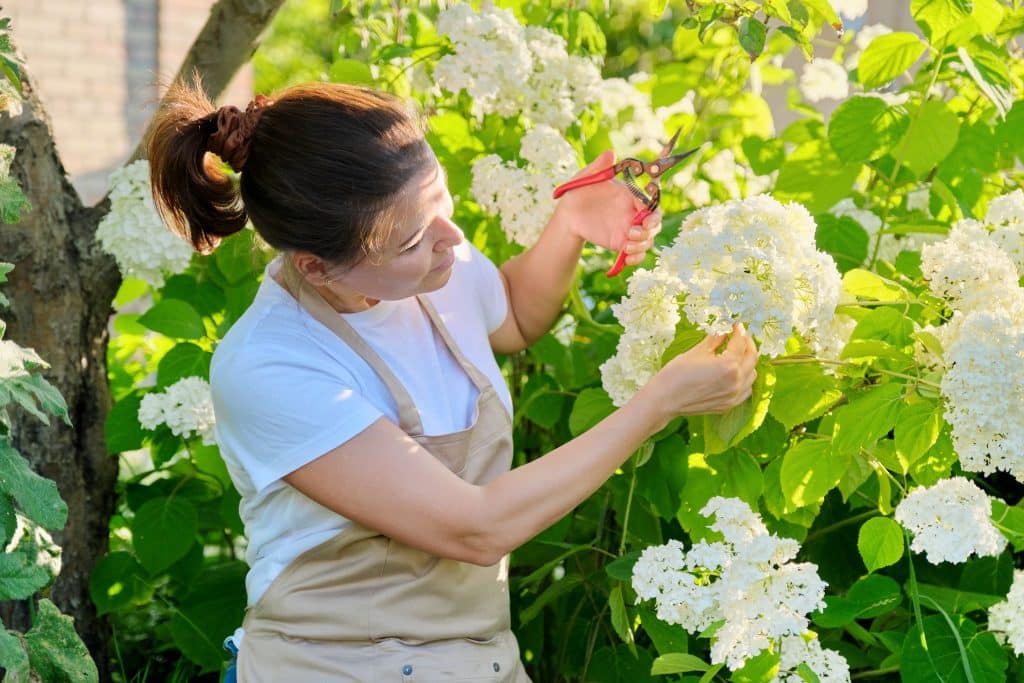
FAQs about Hydrangea Leaves Turning Brown
- Can brown hydrangea leaves recover?
Unfortunately, browned parts of the hydrangea leaves can't turn green again. You can only take proper care to prevent further browning and encourage the growth of new healthy leaves.
- How often should I water my hydrangea to prevent leaf browning?
Hydrangeas prefer consistently moist soil. However, the exact frequency depends on your climate and soil type. Always check the soil's moisture level before watering. Wait until the first 1 to 2 inches of the soil is dry before watering your plants.
- Do I need to protect my hydrangea from direct sunlight?
While hydrangeas can tolerate sunlight, excessive direct sunlight can cause leaf burn, especially during the hottest parts of the day. It's best to provide them with some afternoon shade.
Read Also: Can Hydrangeas Grow in Full Shade

